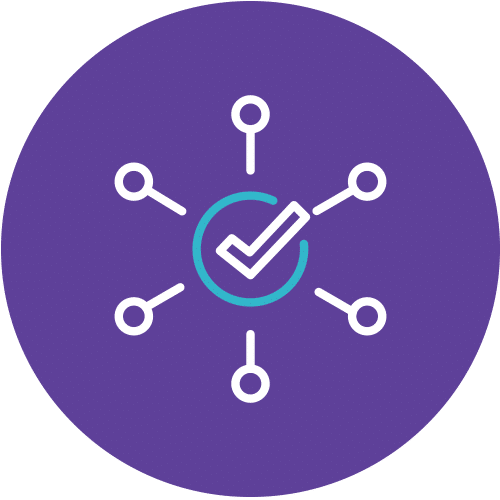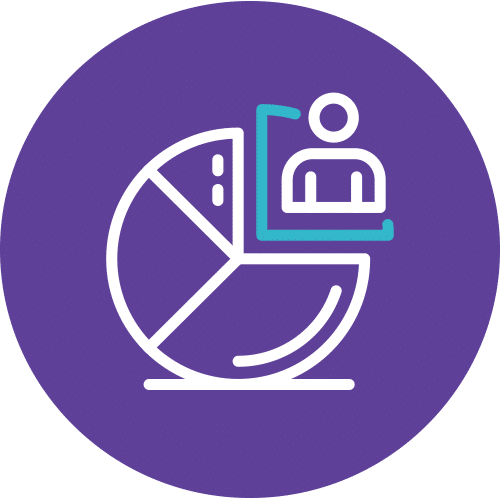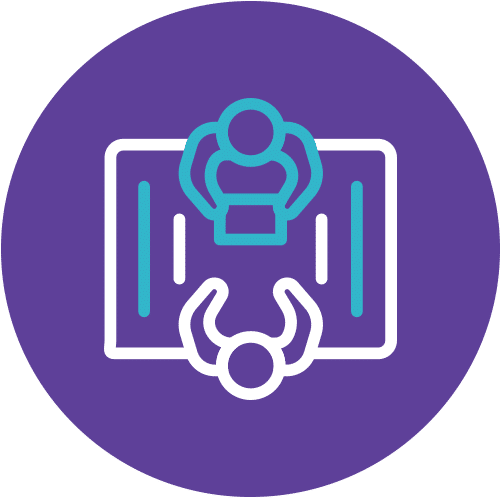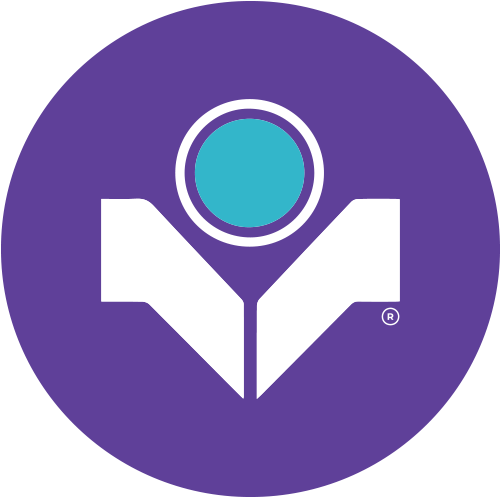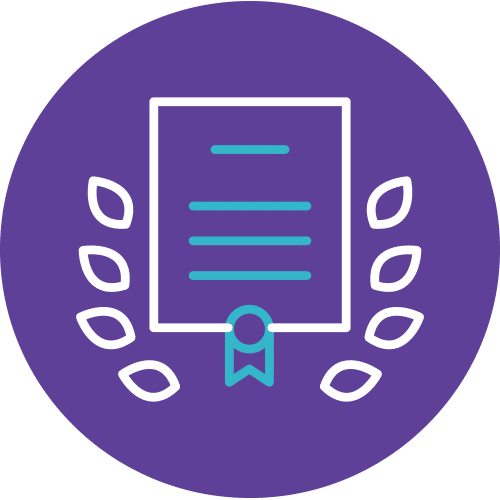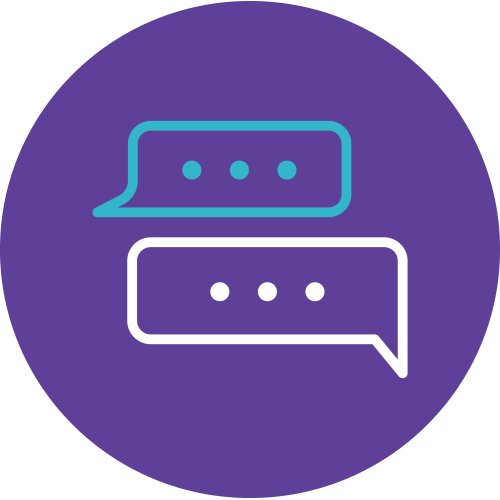Agile Bootcamp: Your Gateway to Agile Mastery
Are you ready to embark on a transformative journey into the world of Agile? Look no further than our Fundamental Agile Bootcamp. In this intensive 2-day, instructor-led course, we’ve designed an immersive experience to equip you with the essential skills and insights needed to thrive in today’s fast-paced, ever-evolving business landscape.
Who Should Attend Agile Bootcamp
Our Agile Bootcamp is perfect for a diverse range of participants, including team members, aspiring Scrum Masters, Product Owners, organizational and team leaders, HR and administration representatives, as well as clients and non-technical collaborators of Scrum teams. Whether you’re part of a freshly formed team or an experienced leader, this course is tailored to empower you.
What to Expect at Agile Bootcamp
Through a hands-on workshop approach, you’ll tackle real-world organizational challenges and implementation issues. This interactive journey emphasizes learning by doing, focusing on individual and team interactions over theory. You’ll delve into Agile fundamentals, including adaptive planning, value-driven development, team collaboration, and continuous feedback for improvement. By the end of the Agile Bootcamp, you’ll emerge with a deep understanding of Agile principles and the practical skills needed to guide teams and navigate the complexities of Agile transformation. Join us and unlock the potential of Agile in your organization!
Discover more about our Fundamental Agile Bootcamp and become the catalyst for change your organization needs. Don’t miss this opportunity to supercharge your Agile journey at Agile Bootcamp!
Course Details
Course Code: 2 days; Instructor-led
Audience
- Team members (especially for freshly created teams)
- Beginner Scrum Masters and Product Owners and all those preparing for these roles
- Organization and team leaders
- Human Resources and administration departments representatives
- Clients and non-technical collaborators of Scrum teams
Prerequisites
In order to succeed with agile, teams and organizations should focus first on “being agile” as a foundation for success in “doing agile.” Agile fundamentals learning objectives delve into key concepts such as adaptive planning, value-driven development, team collaboration and frequent feedback for continuous improvement. The course also covers the history of agile, the agile manifesto, the agile principles, and some widely applied frameworks and practices. Students come away with a solid understanding of core concepts as they prepare to embark on their agile journey. Consequently, participants leave the course more confident in five key areas:
- The intention behind agile practices
- Value driven development
- Adaptive planning
- Customer engagement in agile
- Putting Agile methods into action
Methodology
Complete hands-on workshop to deal with organizational challenges and implantation issues. Participants learn by doing and training facilitator focuses on individual and interaction than theory. Participants work in small teams to learn and play all the roles to understand importance of Scrum Team. Workshop will get facilitated using Scrum Itself by dividing whole agenda in 6 Sprints. Agenda will be flexible enough to incorporate class feedback at the end of every sprint. Workshop will have demonstration on how to manage agile project in Jira and participants will have opportunity to practice in during training. Facilitator will use relevant sample project to simulate agile project execution using Scrum and Kanban.
Course Objectives
This workshop will equip leaders and managers to help their organizations change by providing participants with:
- An overview of what “Agile Transformation” is, why organizations need it to survive and thrive in a changing world
- Practical skills for helping to guide and coach agile teams, and to help them remove impediments during agile transformation
- An understanding of how to measure the benefits and impacts of agility in your organization
- What takes to become a servant leader from traditional manager to manage change more effectively
- Change is hard and become harder without motivated people so how to motivate team during change
- An understanding of how culture and values influence your organization’s ability to reap the benefits of agility
- An understanding of how Agile addresses the root causes of business uncertainty and IT project failure and/or dissatisfied customers
- The ability to compare Agile practices with alternative business practices and discuss how Agile fosters a culture of innovation and enhances financial performance
- An understanding of how to help form and support agile teams using an empirical approach to product delivery
- An understanding of typical challenges that agile teams face and how to support them by removing impediments
Outlines
Module 1: Origins of Agile
Many people entering the Agile world see the Agile Manifesto as the beginning of the world, where it was really the summing up of much previous work. Anchor the ideas of Agile development in earlier work, giving the learners continuity from the past to the present.
Module 2: Agile Manifesto
The 2001 Manifesto for Agile Software Development is still the anchor document for all forms of Agile development. Make clear that the Agile Manifesto is a set of values, not a prescription for a process. Also, learners should be introduced to the fact that the values on the left are preferable to those on the right.
Module 3: Understanding the Agile Mindset
Many people come to Agile looking for “the Agile process”. However, while some processes and methodologies may be more supportive or common in Agile organizations than others, the mindset must come first. Introduce Agile as a mindset and explain that agility is achieved through both “being” and “doing” Agile. The Agile mindset is characterized by things like valuing early failure for learning, collaboration, continuous improvement, continuous discovery, etc.
Module 4: Establishing the Agile Mindset
Experiencing the Agile mindset is the best way to establish it in a learner Allow the learner to experience situations in which the Agile mindset is AGILE FUNDAMENTAL BOOTCAMP | Page 1 of 3 likely to be different from their current way of working, so the learner can internalize the difference experientially, not just in concept.
Module 5: Incremental Development
One anchor of Agile development is incremental development. Introduce the concept and value of incremental development, and how it differs from effort-based or task-based management.
Module 6: Value-Based Work
Many people, even understanding the idea of incremental development can’t see how to break work into small, value-centered work items and track their progress. Develop and practice techniques for breaking problems into value-based parts and tracking progress against them.
Module 7: Retaining Quality
It is easy to lose sight of the cost of rework in incremental-iterative development. Introduce and highlight why Agile developers need to keep an eye
Module 8: The Scrum Framework
How is the Scrum theory implemented through time-boxes events, roles, rules and artifacts? How can these be used most effectively? We will experience why the Scrum framework is constructed as it is and how you as Scrum Master can effectively use Scrum to control risks and create maximum value.
Module 9: Scrum Roles – Product Owner, Scrum Master and Development
Who supposed to be a good product owner? What Product Owner does in Scrum? Do they write story or maximize value? Why we need Scrum Master? Who decides Scrum Master for team? What’s the meaning of Self-Organized Development Team? Is Self-organizing team good enough or we need self- managed team? Developers are cross-function or Development Team is cross-functional?
Module 10: The Definition of Done & Acceptance Criteria
Are you able to deliver truly done product? What “DONE” means in Scrum and why it is important? Workshop focus differentiating DONE and UNDONE but also bring discussion about Technical Debts.
Participants has to learn meaning of DONE increment by defining definition in workshop. Why not to have technical debt is critical to growing organization? How Acceptance Criteria is different than Definition of DONE?
Module 11: Working with organizational challenges
Why change is hard and what can be done to make it real? What organizational changes needed to see real benefits of Scrum?
Module 12: Working with Product Vision
From concept/idea that may be vague, product owners are taken through the steps to turn this into a tangible and valuable artefact: a product vision statement. In a group exercise, the product vision statement is developed using proven techniques such as Elevator Pitch, Lean Canvas and Product Box. From the product vision statement, a story map is developed, breaking down the vision into a manageable number of steps or functional areas, depending upon what best suits the product. With this initial outline in place, high-level functional requirements are written, introducing the concept of user stories and epics.
Module 13: Writing User Stories and Story Mapping
The story map is populated by the group writing user stories to fulfil each of the product features, ensuring the stories remain aligned with the product vision and value drivers. Will have understanding about how to split complex features into manageable stories.
Module 14: Release planning in Agile
The planning exercise is repeated a number of times using different criteria such as risk, value, complexity, size and marketability
Module 15: Non-functional requirements
Identifying and responding to non-functional requirements to ensure they don’t get lost in the process of defining product success and lead to hidden risks.
Module 16: Using Agile metrics
Using key metrics and visualizing them with cumulative flow diagrams to help see where work is and how to improve the flow from concept to reality. Helping product owners to focus upon the right metrics and avoid those metrics that drive undesirable behaviors in development teams and by stakeholders.
Module 17: Working with the development team and stakeholders
Understand the role of the product in relation to the development team, how best to support them and what they need from a product owner to be effective in their role. Working with stakeholders, keeping them informed of progress and risks, influencing their decision making and managing expectations.
Module 18 : Tracking and Measuring Project Success in Agile
How to measure success of an agile project in ever evolving requirement? Discussion around key metrics like business values, velocity chart, release burndown and sprint burndown. How to incorporate feedbacks in forecast and how to forecast project completion date
Module 19: Essential Elements for Agile Way of Working
Agile way of working has become buzzwords after ING case study and recent adoption at ANZ. Let’s understand pros and cons of agile way of working. Will have discussion around various model for organization agility and way to adopt. Focus will be on owning a roadmap for organization agility vs renting processes.





